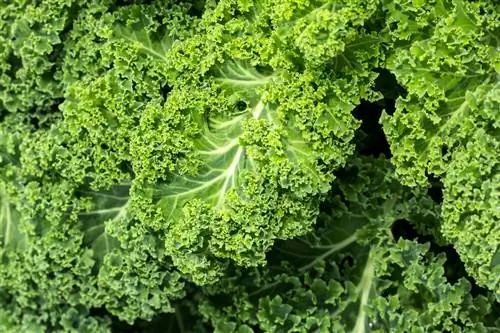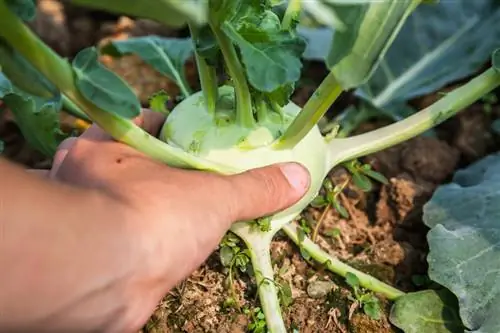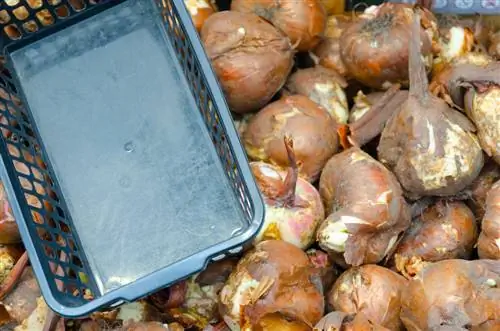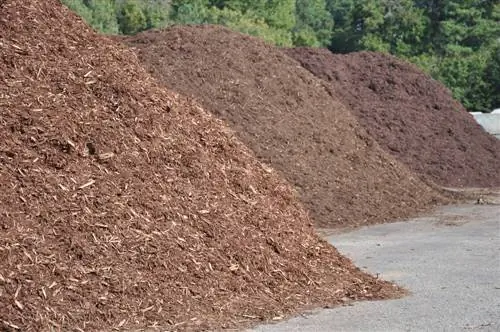- Author admin [email protected].
- Public 2024-01-10 23:11.
- Last modified 2025-01-23 11:20.
America's First Lady nibbles it as chips. Hollywood stars drink kale smoothie for breakfast. While kale is considered a “stale” vegetable here, it is trendy in America, Australia and Great Britain. Tips & tricks for harvesting the super vegetables.
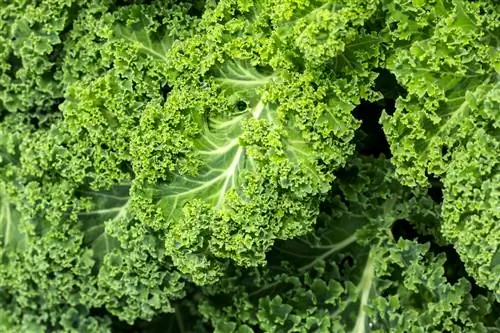
How and when should you harvest kale?
Kale is ideally harvested in winter by harvesting individual leaves from the stalk from bottom to top. The plant remains in the ground. The taste of cabbage becomes sweeter with frost and contains important vitamins, minerals and phytochemicals.
Right harvest time for the “in” vegetables
Kale is considered a classic winter vegetable. Planted in May - June, the perennials are fully grown after three to five months. Kale is robust. It resists frost. The harvest takes place throughout the winter. Cold temperatures slow down the plant's metabolism. Stored glucose breaks down more slowly. The taste of the cabbage becomes sweeter. In frost-free regions, collard greens are the basis for raw food. Kale is harvested there throughout the entire growing season. The vegetable combines numerous bitter substances, secondary plant substances, vitamins and minerals with few calories. Kale is one of the he althiest vegetables ever. It is highly valued in Anglo-Saxon countries.
Stems, leaves, whole plant? How and what is harvested
- the harvest continues well into winter
- the cabbage plant remains in the ground
- individual leaves from the stalk are harvested
- the harvest starts from the bottom up
- the collard top continues to grow steadily
- Kale can also be harvested completely
- then dig up the perennial with the roots
- remove all leaves at once
- for raw food, cut or break off the fine, tender leaves of young plants
In general, the leaves of kale are used. They are stripped from the harder leaf veins. Cut the ribs of young plants into small pieces and use them as vegetables. The wooden stalk is disposed of.
Tips & Tricks
Scattered kale plants planted in the garden are an eye-catcher. The plant differs from other vegetable plants in its growth habit. Like palm trees on islands, they sit enthroned in beds. The cultivation of kale is also trendy. Due to its high nutrient density, it is considered a protective shield against many attacks on the immune system. With new, tasty recipes, the cabbage from Grandma's times will find its way onto modern German plates.

